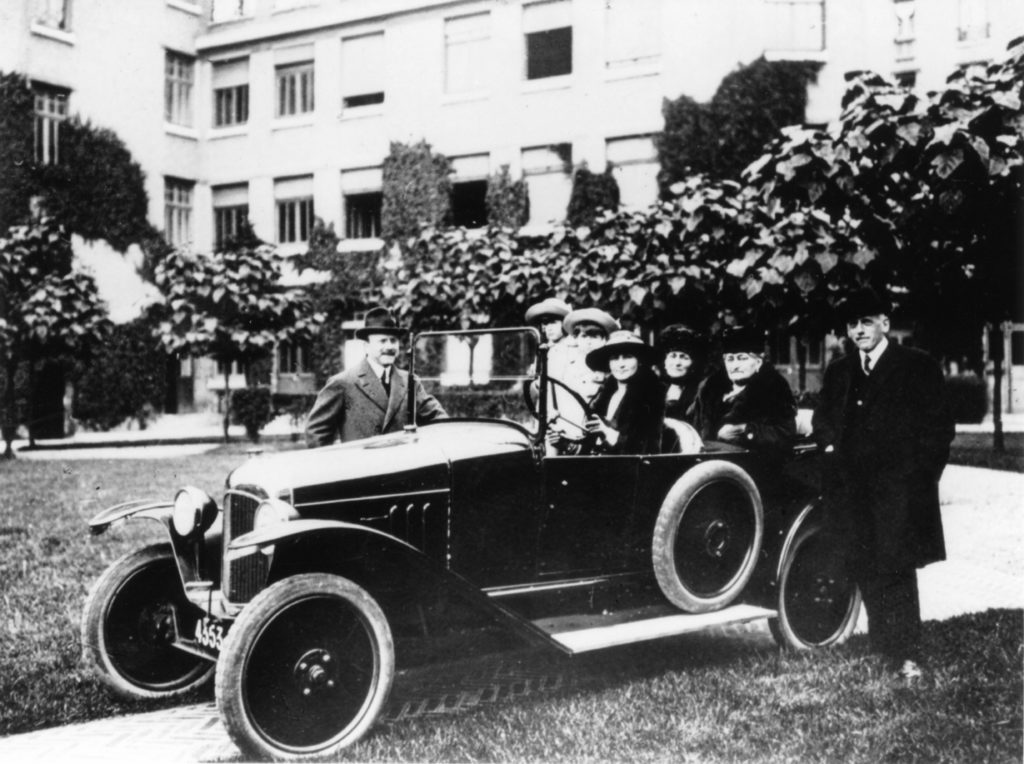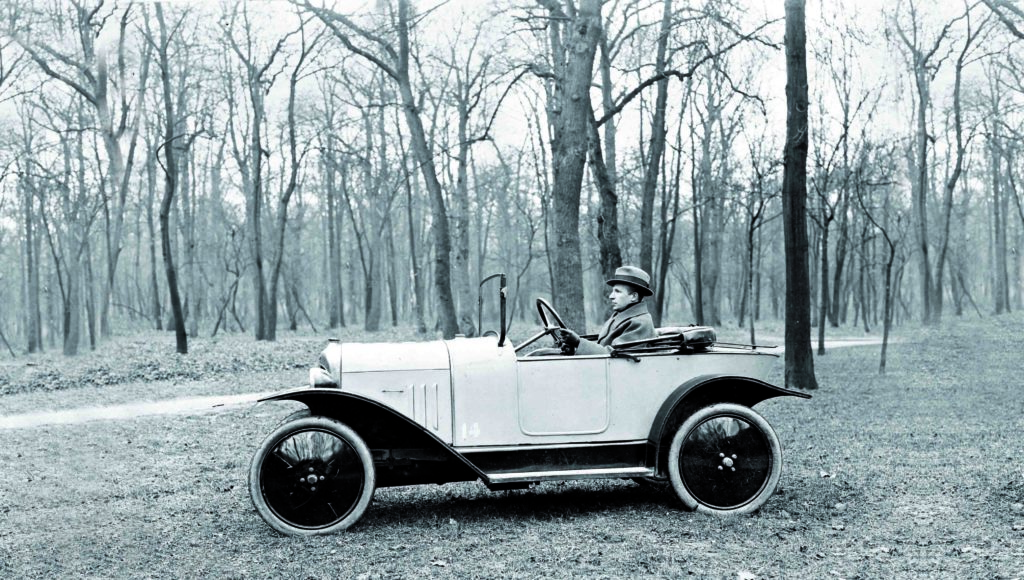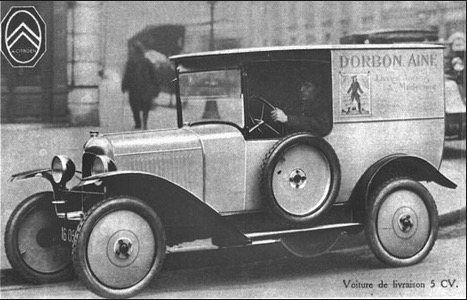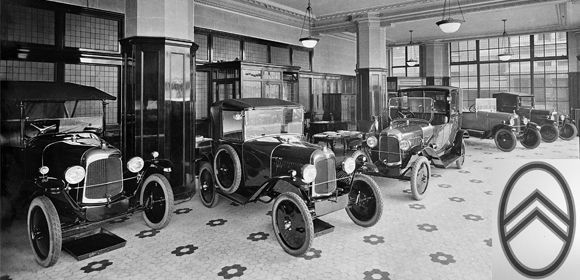On the occasion of Citroën’s 100th anniversary, let’s look back to the company’s early offerings;
The first Citroën model that came on the market was the Type A 10 HP in 1919. It was followed in the 1920s by the Citroën 5 HP a model that allowed André Citroën to take a decisive step to the democratization of the automobile.


The Citroën 5 HP – also called Citroën 5 CV or Citroën Type C – was introduced in 1922 at the Paris Motor Show. The model designed by Edmond Moyet was well-received for its economy, ease-of-use and ease of maintenance, especially among women and young drivers. With the development of the Citroën 5 HP, the designer also met the expectations of many tradesmen and created the first truly popular car for everyone.

The four-cylinder gasoline engine with a displacement of 856 cm3 at 2,100 rpm had an output of 11 hp and an average consumption of just 5 L / 100 km. Its top speed was 60 km / h. The most famous

Since the 5 HP was offered for market launch in striking pale yellow, it quickly got the nickname “little lemon”. The attractive body colour and easy handling of the vehicle made the Citroën 5 HP an automobile that gave the Citroën brand great popularity. Between 1922 and 1926, 80,759 of the 5 HP were produced.
In addition to the 5 HP Citroën established from 1921, the B-series. As a direct successor to the Citroën Type A, the B2 took over its standard equipment and was available with a more powerful engine and three-speed transmission from June 1921.

The Citroën half-track vehicles, which gained fame through the Sahara crossing in 1922-23, were equipped with B2 engines.

In addition, the chassis and mechanics of the B-series served as the basis for commercial vans such as the ”Boulangère” (with fixed top) and “Normande” (with folding top).

Up until 1924, car bodies – even those of mass-produced Citroëns – were made according to methods derived directly from the carriage trade, using a timber-frame. Each piece of the frame was individually shaped, normally from ash or beech wood, using traditional carpenters’ tools. Sheets of steel (or, in some cases, of fabric) were attached to the outside of the timber frame to cover and protect both the frame and the interior of the automobile from the weather, but the steel sheets added no significant structural strength to that already provided by the timber frame. In fact the first steel bodied “Type B10” cars were subject to significant flexing and distortion that damaged the company’s reputation, but these were overcome through the addition of steel reinforcements: any reputational damage was short-lived, and by 1928 sales of the 10 HP “B-series” Citroën, by now in its “Type B12” incarnation, were higher than ever.

With the start of production in 1924 of the successor model to the B2, the B10 became the first Citroën to use an “all-steel” (“tout-

By 1928 the B10’s “all-steel” bodied successor, the B12, was being produced at the rate of 400 cars per day and accounted for 30% of the cars produced in France at the time.


As the last vehicle of the B-series, the B14 was replaced in October 1928 by the C4.


On the photo “ Citroen Trefle “ , the car is not a Trefle but ( a prototype of ) a Torpedo 2 seater.